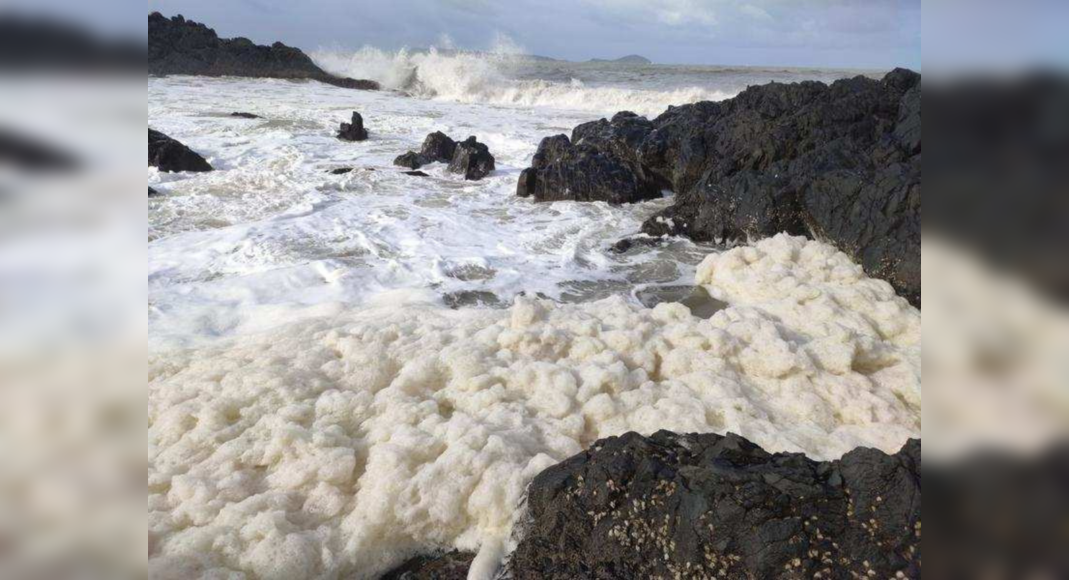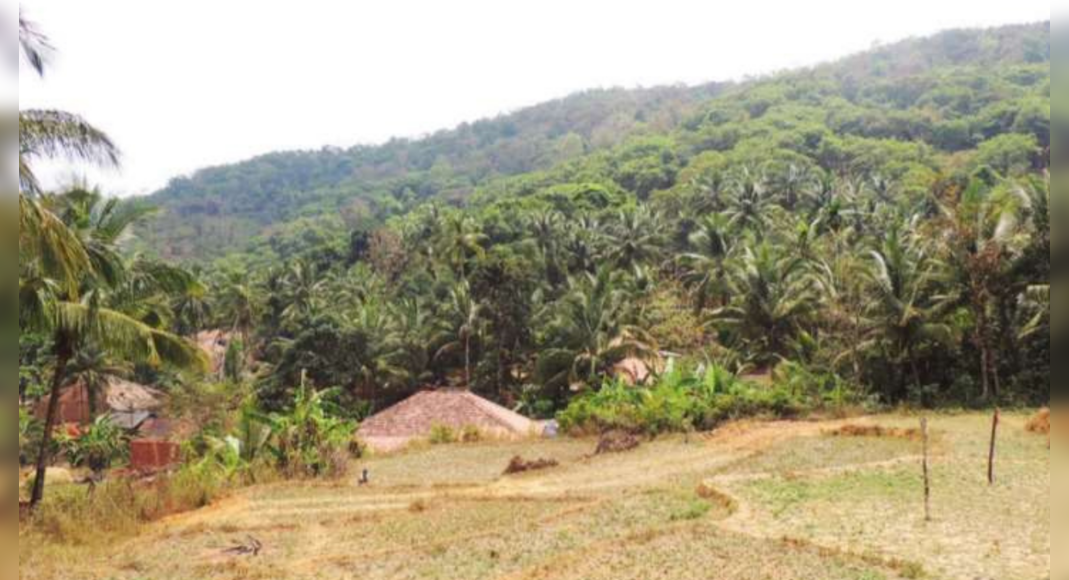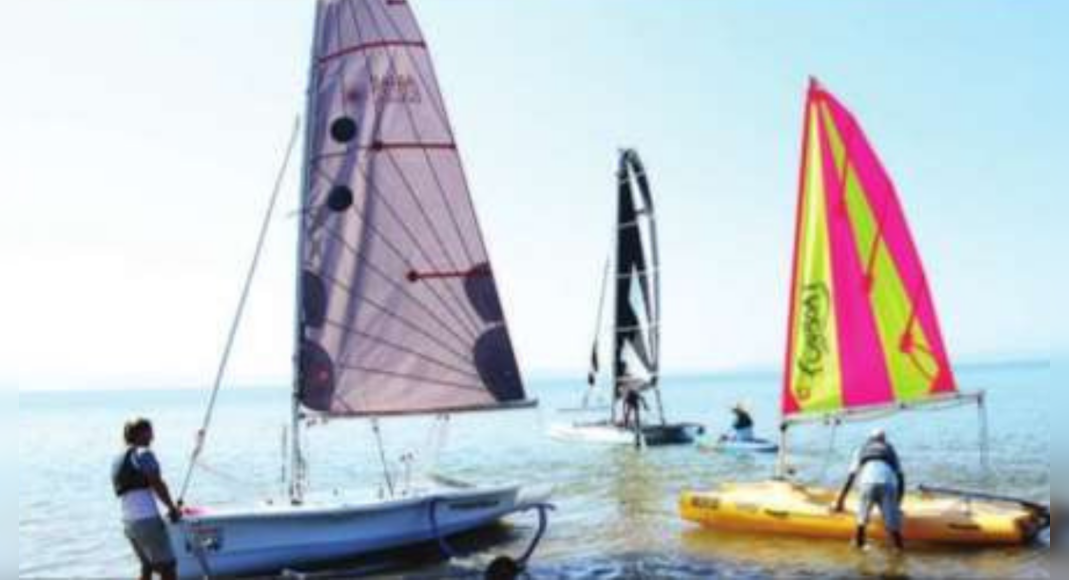PANAJI: The presence of seafoam is an alarming condition in waterbodies in the country due to the adverse impact it can have on marine life and people living at or visiting coastal areas.
In Goa during the southwest monsoon of 2019, frothing was noticed at Hole beach, Vasco, prompting the National Institute of Oceanography (NIO) to study the plausible causes and consequences of seafoam in the coastal zone.
In a report published by the NIO, scientists said that the foam formation “must be treated as a serious matter” otherwise, it has the potential “to adversely affect human health” and the tourism industry of Goa.
“The Hole beach is a hotspot for tourists.
The foam formation site was about 100m from the spot where people go for bathing on the beach.
This beach is also connected through the famous Japanese garden which is crowded with children who often end up visiting the beach.
Therefore we need to have better public awareness and foam management system,” the report read.
The occurrence of foam so far has been found in three states of India in 2019 – Goa, Kerala, and Tamil Nadu.
Scientists from the prestigious Goa-based institute led by scientist, Dr Suhas Shetye studied inorganic and organic nutrients, phytoplankton abundance and marker pigments and foam-associated bacteria in the coastal region where the frothing was found at Hole beach in Vasco.
Surface seawater was collected at the site while the mixing point sample was collected at the site where the inlet water meets the swash zone, and the inlet water (source of contamination) was collected at the starting point of the beach.
“Agitation of seawater with high organic matter along with the churning action of breaking waves in surf zone causes sea foam.
Along with high organic matter this region also experienced strong winds and humid, overcast conditions during the southwest monsoon that are known to facilitate the production of sea foam,” the report read.
It also states that the sea foam was found only at Hole beach where the inlet from garbage dump yard meets coastal waters whereas “it was not observed in any other parts of coastal Goa.” Incidentally, a garbage dump yard is very close to the beach from where the fresh water reaches coastal sea through gutters, streams and inlet.
The scientists observed that this inlet water decreases in the post monsoon season and then dries off.
The report reveals that Hole beach had inlets with high organic nitrogen reaching up to 121 uM and the seawater at the site had lower salinity as compared to normal oceanic seawater.
Excess loading of nitrogen in coastal waters can lead to eutrophication (plants growing on the surface of a waterbody) and algal proliferation.
NIO reported an excess of organic nitrogen in coastal waters of Goa coming from fresh water runoff, and aerosol deposition.
Organic nitrogen can give competitive advantage to some microscopic plankton in the ocean.
In this study the high concentrations of nitrate and organic nitrogen from the fresh water inlet are most likely coming from the municipal dump yard in combination with municipal gutters, the report confirms.
“However during the post monsoon season the fresh water inlet’s volume was reduced and more importantly, it had very low organic nitrogen,” the report reads.
“High concentrations of inorganic and organic nitrogen along with sufficient phosphate and silicate might have resulted in a phytoplankton bloom at the study area.
From the phytoplankton analysis we found that coastal waters of Hole beach had a bloom of the diatom Thalassiosira pseudonana,” the report reads.
Thalassiosira pseudonana is known to produce the most stable surfactant (surface-active agent) as compared to most other phytoplankton.
More importantly it can produce foam with a decay time that exceeds 24 hours.
Several harmful pathogenic bacteria (see infographic) were associated with the foam and could pose a potential threat for fishermen, swimmers and divers visiting the Hole beach during such foam events.
“Some of the species belonging to the Vibrio genus include harmful pathogens of aquatic organisms like crustaceans, mollusks, fish and humans.
From the pathogenic bacteria found in this study and from the known effects of these antibiotic-resistant bacteria on marine ecosystem and human health, foam formation can be hazardous in the coastal region,” the study states.
Sea foam events have increased in recent years, with countries such as India, Australia, South Africa, Spain, Netherlands and Ireland experiencing foam events in last two years.
To avoid such foam formation events NIO has recommended to stop garbage dumping in coastal areas and called for municipal waste management practices to be strictly employed.
It also recommends avoiding direct release of untreated sewage and other pollutants from land, and sewage processing systems.
Infographic: NIO STUDY OF SEAFOAM Presence of bacteria pathogens & effects on humans: Enterobacter spp: Cancerogenus known to cause pneumonia, is potential pathogenic microorganism in diseases like bronchial asthma Vibrio harveyi: causes eye-lesions, gastroenteritis, vasculitis, and luminous vibriosis.
Could lead to mortality in penaeid shrimp Vibrio parahaemolyticus: present in marine environments, causes gastroenteritis in humans Vibrio rotiferianus: an important bacterial pathogen of various aquatic organisms, can cause food-borne infection Salmonella enterica: food-borne pathogen leading to largest number of deaths, has highest cost burden in USA Pantoea spp: known to cause infections in humans & plants, reported to be tumorogenic pathogens Shigella spp: causes a significant proportion of mortality associated with diarrheal disease in humans







